n 1955 the United States Department of Agriculture was trying to control soil erosion in Puerto Rico , and towards that end they planted slash pine seedlings . However at first these refused to grow. So after some investigation the scientists came to the conclusion that these pines had a symbiotic relationship with certain fungi in their native habitat and so when these were introduced into the soil the pines trees grew and flourished. This is called the “mycorrhizal association” and means that the finest roots of the vascular plant become joined to the fungus threads so that each one can benefit the other. In this case the fungus is called an “ectophyte”, a plant which lives upon the surface of another. If you look the word up, or entophyte, it is usually described as a parasite, but in the vast majority of cases it is really a partnership. Even when a plant is described as being a parasite there may be something else to the relationship. An example which comes to mind now is that of the plant commonly called “Indian Paintbrush”.
Castilleja, commonly known as Indian paintbrush or Prairie-fire, is a genus of about 200 species of annual and perennial herbaceous plants native to the west of the Americas from Alaska south to the Andes, as well as northeast Asia. These plants are classified in the family Orobanchaceae, They are hemi parasitic on the roots of grasses and forbs.
What is general mentioned is that in soils containing selenium this is taken up and concentrated in the roots and leaves of this plant. I have also read that this is true of heavy metals in general. Perhaps further research will show that this is of benefit to the plants which are in a partnership with Castilleja,. The dry alkaline soils where this native wildflower is found are high in minerals which can make it hard for the osmoses method which plants use to take up water more difficult.
I first read about this as a teen ager in the 1970’s when I borrowed books by Sir Albert Howard through the Texas inter-library loan system.
Endophyte
An endophyte is an endosymbiont, often a bacterium or fungus, that lives within a plant for at least part of its life without causing apparent disease. Endophytes are wide spread and have been found in all the species of plants studied to date; however, most of these endophyte/plant relationships are not well understood. Many economically important forage and turf grasses are infected with fungal endophytes (Neotyphodium spp.) which may improve the ability of these grasses to tolerate abiotic stresses such as drought, as well as improve their resistance to insect and mammalian herbivores.
The wide range of compounds produced by endophytes have been shown to combat pathogens and even cancers in animals including humans. One notable endophyte with medicinal benefits to humans produces taxol, and is found in the Pacific Yew tree. Endophytes are also being investigated for roles in agriculture. Inoculating crop plants with certain endophytes may provide increased disease or parasite resistance. It is speculated that there may be many thousands of endophytes useful to mankind but since there are few scientists working in this field, and since forests and areas of biodiversity are rapidly being destroyed, many useful endophytes for curing disease might be permanently lost for medicinal use before they are discovered. The effects of climate change on endophytes is being investigated. Studies of plants grown at different climates or at increased carbon dioxide levels have different distributions of endophytic species
Epiphyte
Now we come to my favorite. An epiphyte is a plant which does not grow in the soil, terrestrial, but which grows upon (hence the Greek prefix epi ) something else, but only as a support. I read once that in Latin America the old telephone wires were cloth covered and there was a problem with tillandsia ( a type of bromeliad ) growing on them to the point to where the wires would break.
There also ferns which are epiphytes:
Then there are epiphtes which are Cacti:
But my favorite are the orchids:
The orchids pictures here and at the beginning are cattaleya types, but there are many kinds. The easiest one to grow for the average person lacking a green house are the phalaeonopsis, which will bloom reliably if you give them their basic care, and the ones which have flowers of a good substance make excellent subjects to be worn by your fair lady on a pin or comb. About ten percent of vascular plants are epiphytes, or so I’ve been told, though they are a lot more common in the tropics. I read that in tears past a person who lived near the rain forest would go and pick one of these plants and plant them on their house. Perhaps if we could figure out how to grow vegetables as epiphytes we could better feed people in these regions.

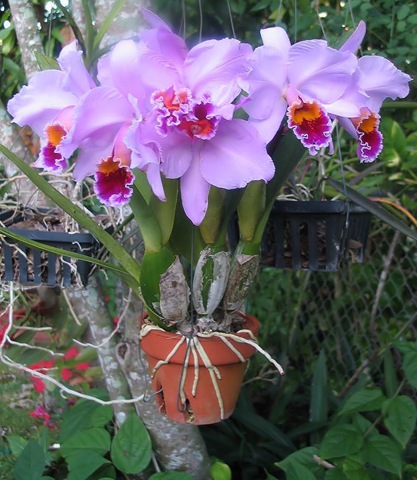
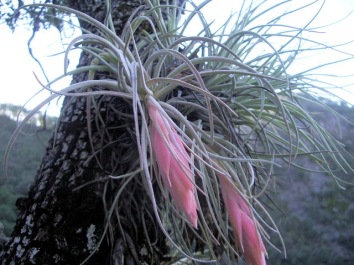
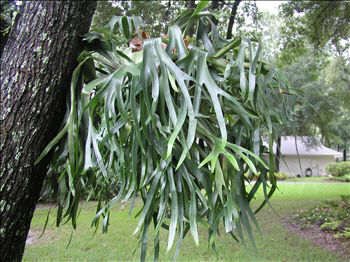
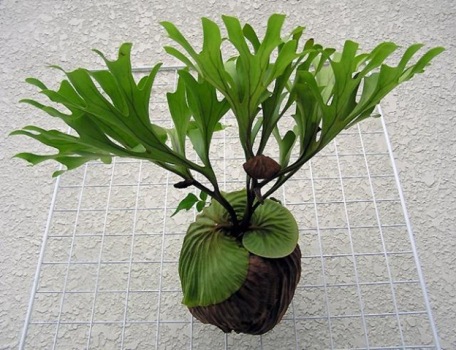
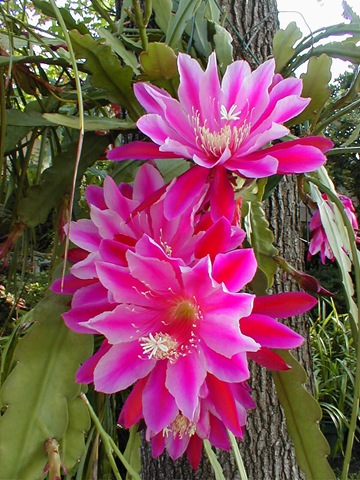
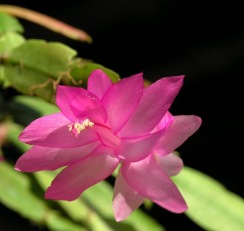
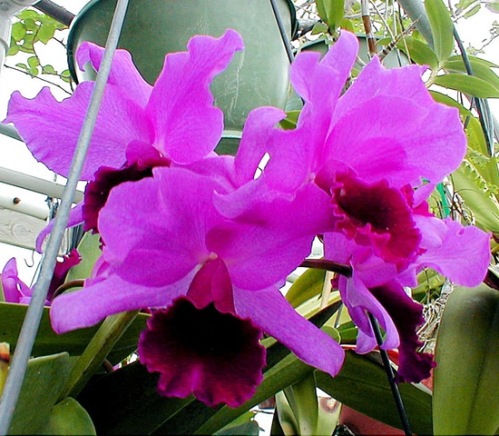
Wow. “mycorrhizal association”. who’d a thunk? Jehovah made it work together. Nice. Rita